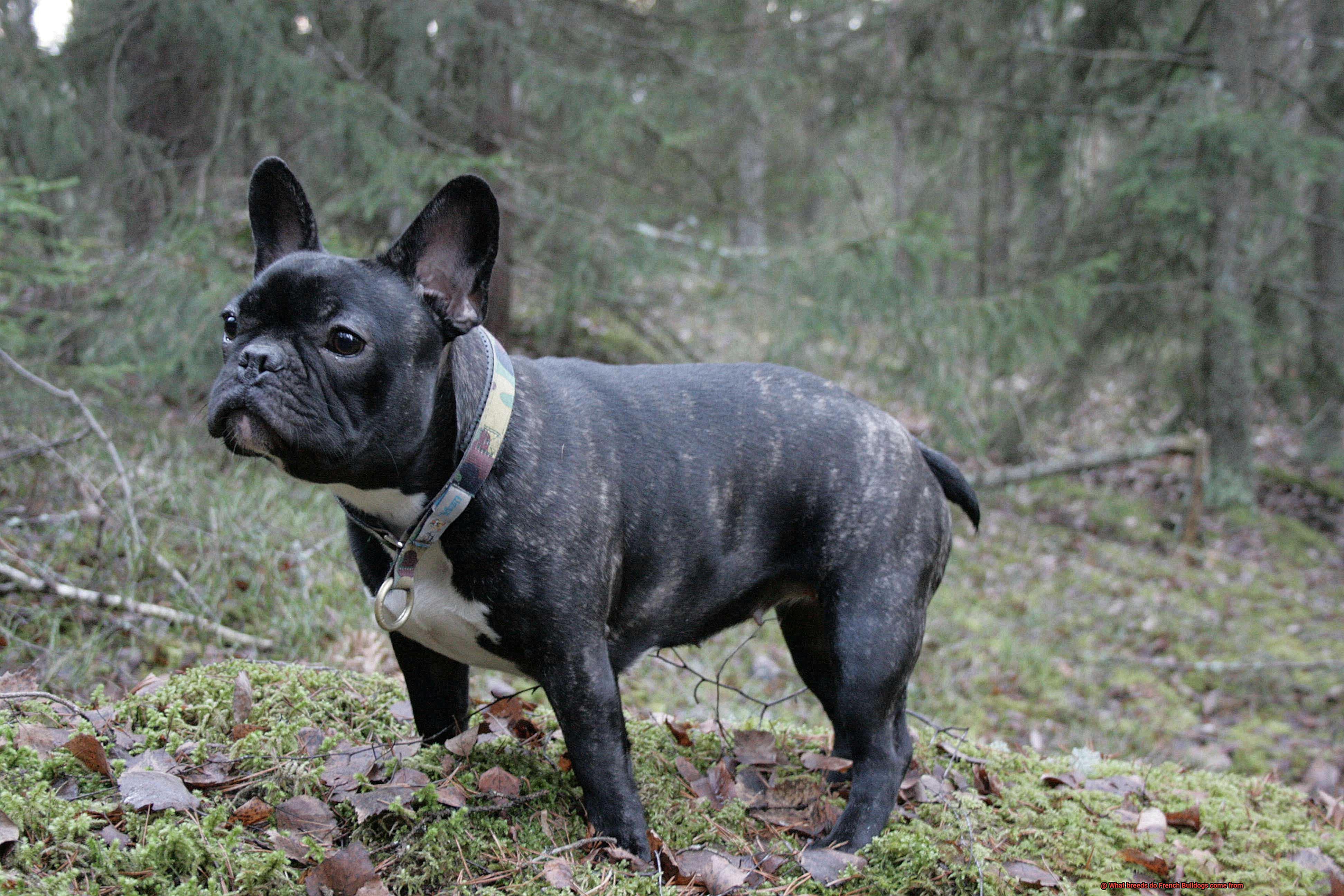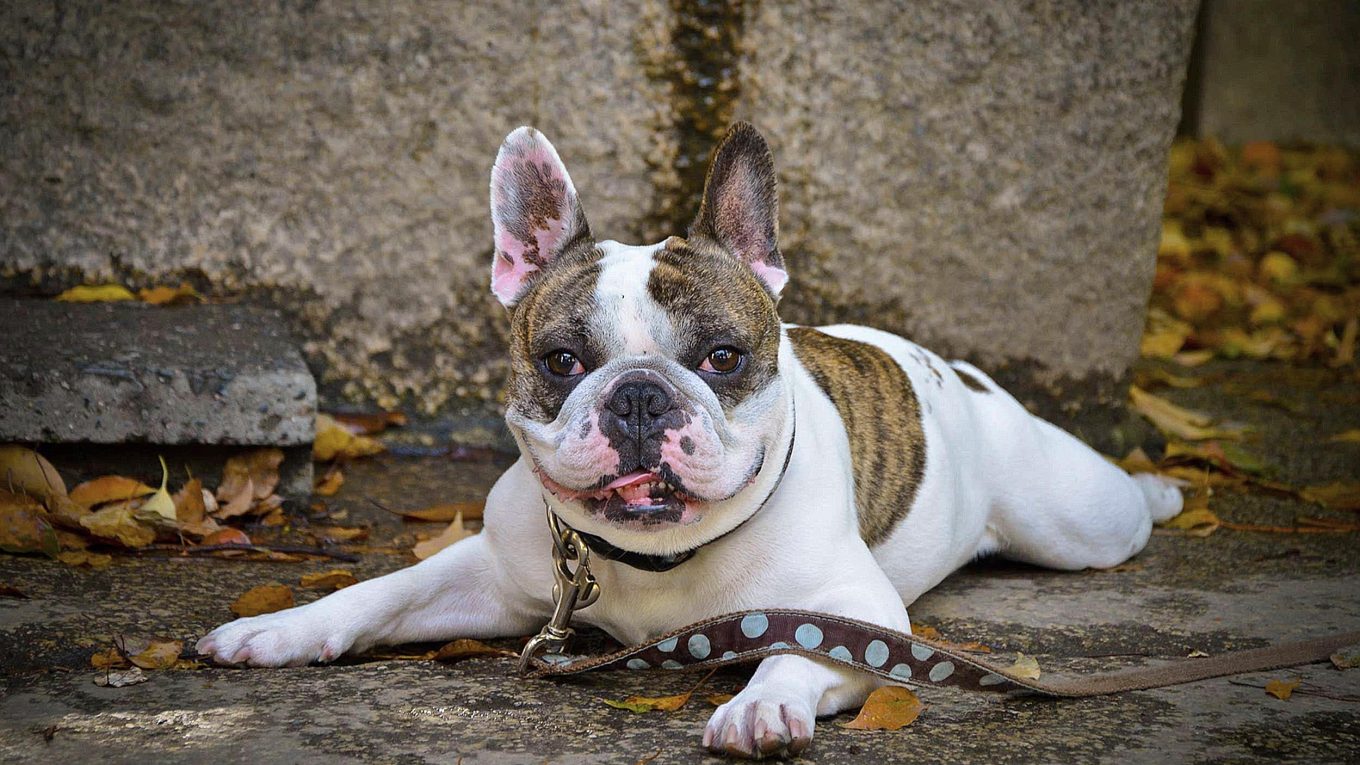What breeds do French Bulldogs come from?
Do you have a soft spot for French bulldogs, or are you simply curious about their fascinating history? These adorable and quirky creatures have a backstory that is just as captivating as their charming personalities. In this blog post, we’ll explore the roots of French bulldogs and discover the breeds that helped shape them into the beloved companions they are today.
Despite their name, French bulldogs did not originate in France. Instead, their breeding journey began in England, where breeders aimed to create a smaller version of the English bulldog. The goal was to produce a compact canine that could thrive in small living spaces and double as a lap dog. These miniature bulldogs quickly became popular among Nottingham’s lace workers, earning them the moniker “toy bulldogs.”
As time went on, these toy bulldogs were crossed with other breeds such as pugs, terriers, and even the Bull and Terrier fighting dog. This crossbreeding resulted in a new breed of bulldog that was muscular, compact and had bat-like ears – all characteristics that make Frenchies so unique today. Eventually, these dogs made their way to France where they became incredibly popular and even earned the title of national breed.
To sum it up, French bulldogs are not only adorable but also have an intriguing history that dates back to 19th century England. Their origins can be traced back to a variety of breeds including pugs and terriers. Nowadays, these charming pups are cherished worldwide for their distinctive personalities and loyal companionship.
The History of the French Bulldog
Contents
With their unique features and loving personalities, it’s hard not to fall for these adorable companions. But did you know that their history is just as fascinating as they are?
The story of the French Bulldog dates back to the 1800s when English lace makers migrated to France and brought their miniature Bulldogs with them. The French quickly fell in love with these charming pups, and they began crossbreeding them with local dogs, resulting in the creation of the French Bulldog we know today.

Originally bred as companion animals for the working class, French Bulldogs quickly gained popularity among the upper class and even royalty. King Edward VII and Queen Victoria were both known to have a soft spot for these lovable creatures.
Despite facing challenges during World War I and II, including losing many dogs during the conflicts, dedicated breeders worked tirelessly to preserve the unique characteristics of the French Bulldog. Today, they are one of the most popular breeds worldwide and continue to capture hearts with their comical expressions and affectionate personalities.
Their distinctive physical features, such as their bat-like ears and flat faces combined with their loyalty and loving nature, make them an iconic symbol of France. While their origins may be rooted in England, French Bulldogs have become a beloved breed globally.
The English Bulldog
The English Bulldog was originally developed in England during the 16th century for bull-baiting, a barbaric “sport” that involved setting dogs on bulls. Thankfully, over time, the breed was selectively bred for a more docile temperament and became a popular companion animal. However, their tough exterior and loyal nature still make them one of the most beloved breeds around.
In contrast, the French Bulldog was created in France by crossbreeding English Bulldogs with local breeds. This resulted in a smaller, more agile dog with a sleek coat and distinctive bat ears. Frenchies are known for their playful nature and make excellent family pets.
Despite their differences, both breeds share a common ancestry and have made significant contributions to the world of canines. The English Bulldog is an iconic breed with a rich history that can be traced back centuries. Their stocky build and wrinkled face make them instantly recognizable and beloved by many.
Other Breeds that Contributed to the French Bulldog
The French Bulldog has become a beloved breed, adored for its adorable wrinkled face and perky ears. But did you know that these unique characteristics are not solely a result of English Bulldog breeding? Other breeds also played an essential role in the development of the French Bulldog.
One of the most significant contributors to the French Bulldog’s development is the Pug. Crossbreeding Pugs with Bulldogs resulted in a smaller and more compact breed, with rounder heads, shorter muzzles, and smaller ears than their English counterparts. These distinct facial features are what make Frenchies so recognizable and irresistible.
Terriers were also bred with Bulldogs to create a more agile and energetic Bulldog breed, resulting in French Bulldogs that are known for their playful personalities and love for fun. This crossbreeding gave Frenchies their active and spunky nature, setting them apart from their English cousins.
Bloodhounds were another breed that played a vital role in the French Bulldog’s development. Crossbreeding Bloodhounds with Bulldogs created a breed with an enhanced sense of smell. As a result, French Bulldogs have a heightened sense of smell compared to their English counterparts, making them excellent watchdogs.
While other breeds such as Boxers, Boston Terriers, and English Mastiffs have contributed to the French Bulldog’s development, they did not play as significant a role as the Pug, Terrier, and Bloodhound.
Physical Traits and Temperaments Added by Different Breeds
French Bulldogs are more than just cute and cuddly companions. They are a result of centuries of careful breeding and a mix of various breeds that contribute to their unique physical traits and temperaments.
Firstly, the English Bulldog played a crucial role in the creation of French Bulldogs. This breed was brought to France in the mid-19th century and was crossed with various terrier breeds to create the French Bulldog we know today. Through this crossbreeding, French Bulldogs became smaller, more compact dogs with flatter faces and shorter snouts than their English Bulldog ancestors.
However, the Pug also played a significant role in the development of French Bulldogs. These dogs were also crossbred with English Bulldogs to create a smaller, more manageable dog that could be kept as a companion animal. The Pug’s short, smooth coat and affectionate personality were also added to the mix, resulting in French Bulldogs with similar traits.
Furthermore, terrier breeds such as the Rat Terrier and Toy Bulldog were also used in the creation of French Bulldogs. These dogs contributed to the breed’s playful and energetic nature, as well as their loyalty and affection toward their owners.
As a result of these selective breeding practices, French Bulldogs have become a unique breed with physical characteristics that distinguish them from other dogs. They have adorable bat ears, short and stocky builds, and an affectionate personality that makes them popular pets all over the world.
Understanding the Genetic Makeup of French Bulldogs
But beyond their charming exterior lies a fascinating genetic makeup that has contributed to their unique characteristics and potential health issues.
The French Bulldog’s genetic makeup is the result of centuries of selective breeding and interbreeding. They are believed to be descendants of the English Bulldog, which were bred with smaller dogs in France in the 1800s to create a toy version of the Bulldog that is now known as the French Bulldog. To achieve this desired look, other breeds such as the Pug, Rat Terrier, and Toy Bulldog were also introduced in the breeding process.
As a result of these breeding practices, French Bulldogs have a unique skull shape and breathing structure that make them a brachycephalic breed. Their flat faces and large bat-like ears were intended to create a small companion dog with a distinct look. However, these physical features also make them prone to respiratory problems and overheating.
Fortunately, many responsible breeders today are taking steps to create healthier versions of the breed by avoiding excessive inbreeding and genetic manipulation. Some even crossbreed French Bulldogs with other breeds to introduce healthier genes into the bloodline.
Benefits of Knowing Where French Bulldogs Come From
French Bulldogs are a unique and beloved breed of dog that has captured the hearts of people all around the world. But owning one isn’t just about their cute appearance. Understanding their ancestry can provide numerous benefits for pet owners.
One of the most significant benefits of knowing where French Bulldogs come from is understanding their temperament and behavior. This breed has distinct personality traits that are heavily influenced by their ancestry. By knowing their lineage, pet owners can anticipate their pet’s behavior more effectively, allowing them to provide the best possible care.
Knowing the breed’s origins can also help with health concerns. French Bulldogs are prone to certain health issues, such as respiratory problems, hip dysplasia, and spinal disorders. Understanding their ancestry can help identify potential health risks and prevent them from developing serious conditions.
Moreover, knowing where French Bulldogs come from is crucial for training and socialization. This breed requires early socialization and training to prevent aggressive behavior or excessive stubbornness. By knowing their heritage, pet owners can tailor training methods to accommodate their pet’s unique personality traits and behavioral tendencies.
But there’s more – understanding the breed’s origins can enhance the overall bond between pet and owner. By appreciating the French Bulldog’s history and characteristics, pet owners can develop a deeper appreciation for their furry friend and become more invested in their care and well-being.
HRvv-o6AW0Y” >
Conclusion
To sum it up, French Bulldogs have a fascinating history that goes back to 19th century England. These adorable pups are the result of carefully selecting and crossbreeding various breeds, including pugs, terriers, and the Bull and Terrier fighting dog. The goal was to create a smaller version of the English bulldog that could double as a lap dog and thrive in small living spaces. And voila. The French Bulldog was born – muscular, compact, with bat-like ears that make them stand out from other breeds.
Despite their name, Frenchies didn’t originate in France but became incredibly popular there and even earned the title of national breed. Today they’re one of the most beloved breeds worldwide because of their comical expressions and affectionate personalities.
Knowing where French Bulldogs come from is crucial for pet owners because it can help identify potential health risks and prevent serious conditions from developing. Early socialization and training are also essential for this breed to prevent aggressive behavior or excessive stubbornness.




